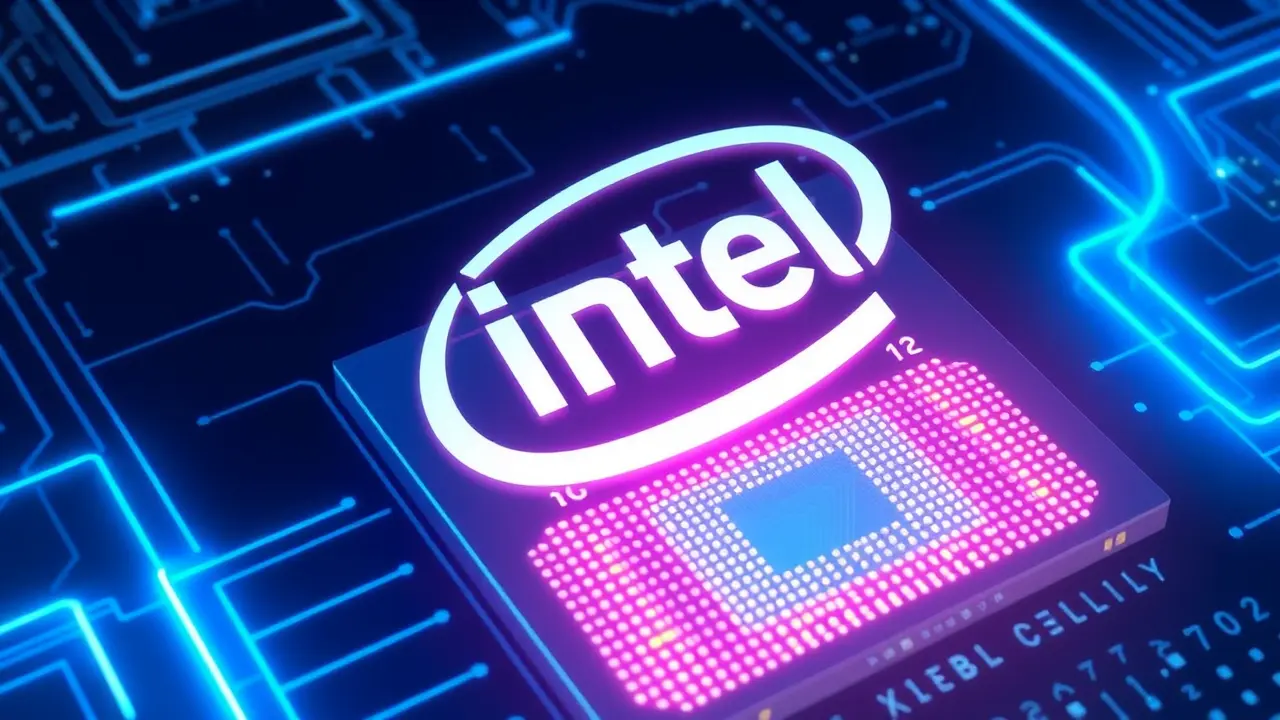Intel Unveils New Panther Lake Chip in Crucial Turnaround Bid
In a move that feels less like a product launch and more like a high-stakes bid for technological sovereignty, Intel has thrown down the gauntlet with its new Panther Lake processor, a chip that isn't just another iteration but a declaration of a hard-fought comeback, built on the company's make-or-break 18A manufacturing technology. For those of us who have been tracking the semiconductor space with the intensity of an AGI researcher poring over a new transformer architecture paper, this announcement is the equivalent of a major model release—it’s not merely about clock speeds and core counts, but about the fundamental physics and economic realities that will dictate the next decade of compute.The fact that Panther Lake is already in full production, slated for laptops early next year, signals a remarkable acceleration in Intel's execution cadence, a critical component of CEO Pat Gelsinger's IDM 2. 0 strategy to reclaim process leadership from the once-distant foundries of TSMC and Samsung.The 18A node, which Intel claims offers advantages 'none of its competitors could match yet,' represents the culmination of years of R&D, likely leveraging backside power delivery and RibbonFET transistors—technologies that, on paper, promise significant performance-per-watt gains that could finally close the gap with Apple's M-series chips and challenge AMD's Zen architecture in the mobile arena. This isn't just about winning back market share in the consumer PC space; it's a foundational play for the AI-infused future, where every device, from the laptop to the data center, requires unprecedented efficiency to run increasingly large and complex models locally.The geopolitical undertones are impossible to ignore, with the U. S.government's backing through the CHIPS Act transforming Intel's struggle from a corporate turnaround into a national imperative, a digital Manhattan Project aimed at securing a domestic supply of the most critical technology of our time. One can draw a direct parallel to the early days of the AI race, where open-source models like Llama challenged the hegemony of closed, proprietary systems; Intel, once the closed, proprietary giant, is now fighting to open up its manufacturing to the world as a foundry, a bet as bold as it is necessary.The furious six-month stretch leading to this unveiling, a period of intense pressure and scrutiny, mirrors the breakneck pace of innovation in the AI world, where a six-month lag can render a model obsolete. The real test for Panther Lake won't be the benchmark scores upon release, but its ability to catalyze an ecosystem—to attract the design wins from the major cloud providers and device makers that have, in recent years, grown accustomed to an ARM-dominated landscape.If Intel's 18A delivers on its promise, it could reset the entire competitive dynamics of the industry, much like the arrival of a truly capable open-weight AGI would disrupt the current AI oligopoly. The stakes couldn't be higher; this is a bet-the-company moment, and the entire tech world is watching to see if the silicon pioneer can, once again, invent its way back to the future.
It’s quiet here...Start the conversation by leaving the first comment.
© 2025 Outpoll Service LTD. All rights reserved.
